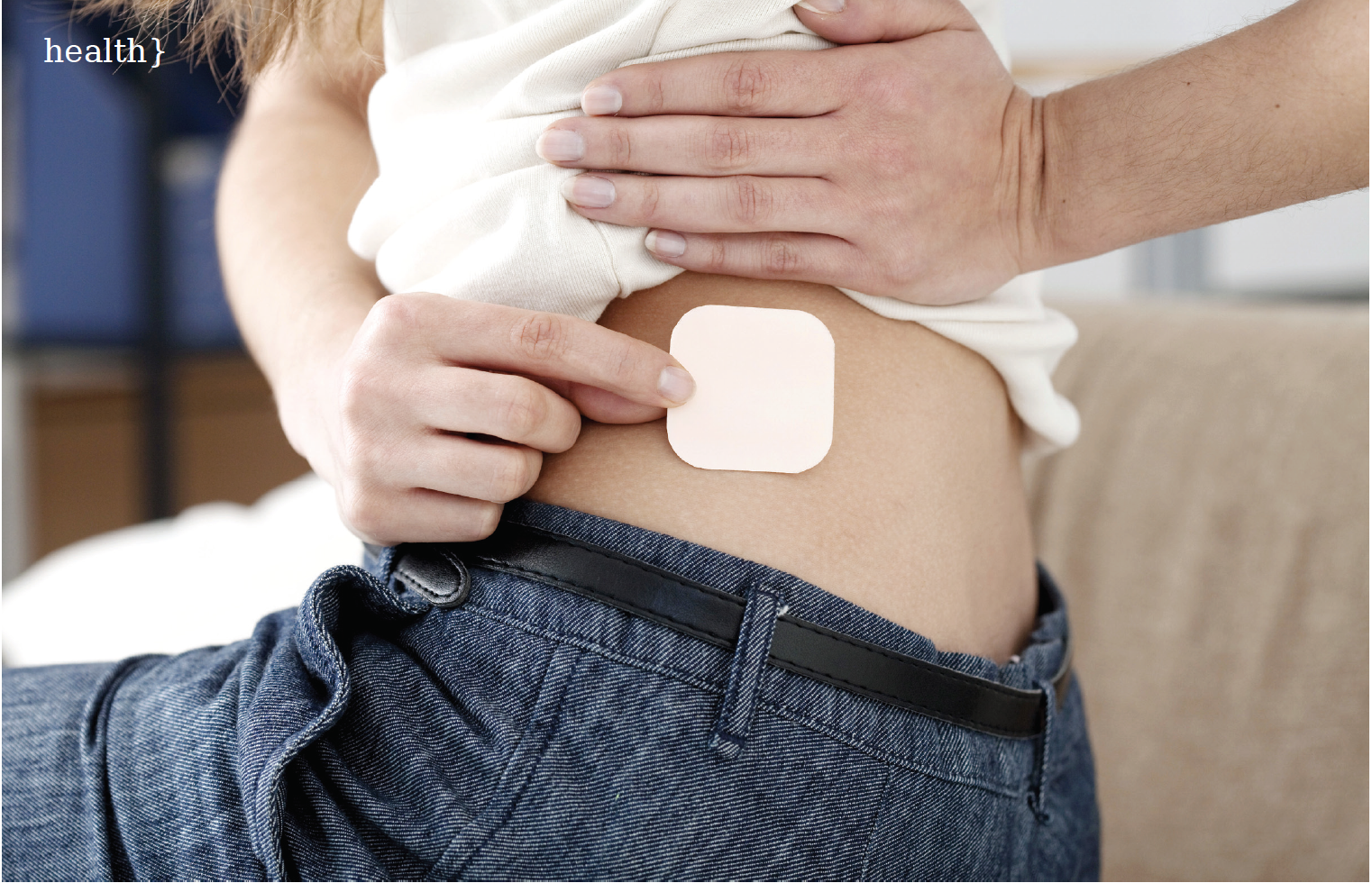Choosing The Right Birth Control To Fit Your Needs
Birth Control – Part 1
There are so many birth control options available to choose from today that picking which method is best for you may seem a bit overwhelming. Let me help by breaking down the options based on how often each method requires your attention. Working with your provider, we can find the best birth control to fit your lifestyle.
Daily
Oral Contraceptive Pills (OCP’s) or “The Pill”
Combined Oral Contraceptive Pills (COCP) COCP’s contain a dosage of both progestin and estrogen to prevent ovulation and thus prevent pregnancy. The hormones also work by thickening the cervical mucus and making it difficult for semen to get past the cervix and into the uterus. COCP’s generally have three weeks of an active pill and one week of placebo or “sugar” pills. Some COCP have three months of active pills and one week of placebo pills, which allows the user to have a period every three months. COCP’s come in many different formulations and dosages, which mean that a woman can usually find a pill that works well with her body. The most common side effects of COCP’s are slight nausea or headache in the first few weeks, mood changes, irregular bleeding for the first few months, and weight gain. If you are over 35 and smoke, have a history of cardiovascular disease or high blood pressure; this medication may not be appropriate for you. Effectiveness of this birth control is from 93-99% when used and taken properly.
Progestin Only Pills (POP). POP’s contain a single dose of progestin for each day of the pill package with no placebo days. A woman may experience a light period during her normal, expected time, or she may have no period at all. The most common side effect with POP’s is irregular bleeding or “spotting”. A woman with pre-existing depression may also find that POP’s may worsen this so it is important to discuss any concerns with your provider prior to starting this method. Effectiveness is anywhere from 93-99% when used and taken properly. This method is safe to use when breastfeeding. It is important to take this medication at the same time each day to maintain the highest effectiveness.
Weekly
Ortho Evra Patch. This patch has the same type of ingredients as the COCP’s, but instead of daily usage, you apply a patch that is changed once per week to the skin on your hip for three weeks. During the fourth week, a patch is not used which allows the user to have a period at a predictable time during that week. There is only one available dosage with this product and its effectiveness is anywhere from 93-99% depending on actual usage. There has been some evidence that the patch may not be as effective in women weighing more than 198 pounds thus an alternative method may be needed.
Monthly
Nuva Ring
The Nuva Ring is a small plastic ring-shaped device that is inserted into the vagina once per month. It is removed after three weeks and thrown away. The woman does not use anything for one week and it is during this week that she should have a predictable period. The device works the same way as the COCP and patch, using progestin and estrogen to prevent ovulation and increase cervical mucus. The Nuva Ring is able to use a lower dose of estrogen than either the patch or most COCP’s and so estrogen-based side effects such as nausea, breast tenderness and headache are reduced. Effectiveness is anywhere from 93-99% depending on actual usage.
Every 3 months
Depo Provera Injection
Depo Provera is a single dosage of progestin given every 3 months through a shot in the muscle at the doctor’s office. It boasts 97-99% effectiveness with minimal effort on the part of the woman using it. Some women experience irregular bleeding in the first 3 months, but the majority of women will go on to have an overall decrease or complete absence of periods. This is considered healthy and is no cause for concern. A drawback of using Depo Provera is a loss in bone density that is noted in women who use this product for more than two years; although this loss is reversible once the medication is stopped. It may also take a user of Depo Provera up to 18 months to return to fertility after the last injection given, so this choice may not be the best for those seeking a very short-term form of birth control. This method is considered safe for breastfeeding mothers.
We will conclude this discussion in our next 406 article, when we will go into detail about long term birth control options. These include Intrauterine Devices that are effective for 3 or 5 years, as well as some effective for up to a decade!
With so many choices available for birth control, we urge you to speak with your health care provider to decide the best option for your health and lifestyle.
Kassandra Patton WHNP joined Kalispell OB/GYN in March of 2013, moving to Montana from Illinois with extensive experience as a women’s health nurse practitioner. Prior to becoming a nurse practitioner, she worked for 10 years as a labor & delivery nurse. Kassandra has a strong interest in teenage wellness exams, reproductive health and contraception management. She and her husband, Jeremy, have two children, three dogs and two cats. They love the outdoors and moved to Montana looking to enjoy a better lifestyle in our beautiful Big Sky Country.

